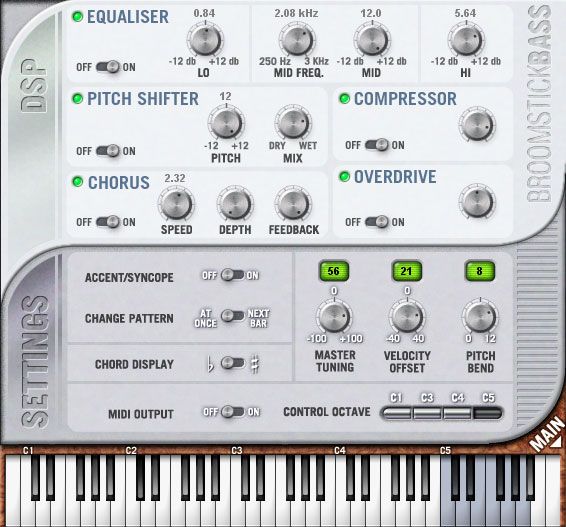

normal notes, loud notes, slides up and down, hammer-ons and pull-offs, staccato notes, noises. My first recording was the Fender Jazz Bass, a good place to start plug-and-play indeed! Lars Westin, who’d helped me with my previous instruments, edited the audio files while Dave started building the software base upon which wonderful new virtual instruments can be created.īass players Mads Vinding, Jan Hellman, Johan Axelsson and my brother Dan helped me recording the instruments I needed, following my very particular specifications for this VSTi. We discussed producing all sorts of fascinating and creative tools, stuff we’d really want to see in the shops, and started making plans for our first creation – the bass player. I've been communicating with plug-in developers ever since my first music PC with Cubase VST 3.5, but it wasn't until November 2003 that finally I met my long time plug-in hero Dave Brown. My head was (and still is) filled with cool ideas about future creations, but I felt that I had to do this bass thing before I went on. Then there were so many voices calling for a virtual bass player that I could not resist creating one. Both these instruments were produced for Steinberg. Next was Groove Agent, a modern-day version of the drum machines we recognise from home organs in the seventies. Have someone with ya? Give them an empty jar or water bottle filled with dry beans for shakin’ out the beat.My first instrument was Virtual Guitarist, a piece of software that behaves pretty much like a real rhythm guitarist when you feed it with chords from a MIDI keyboard. Stretching yer handle back and forth gives you a gob-smacking variety of sounds. Step SIXįinger pick that string to test your notes. Place the notched handle on the washtub and tie yer knot so the string has a good bit of tension. Pull the string through the top hole in the handle, makin’ sure she’s real tight. Then, whittle or saw a straight notch across the flat bottom of the broom handle to it catches on that bitty raised rim on the bottom of the washtub. Too tall? Cut’er down to size Step FOURĭrill a hole through the broom handle top for the other end of the string. Set yer broomstick on the upturned washtub to see how it fits ya. Tie a large knot so the bottom of the string won’t pull through the hole, then feed the string up through the hole. Step TWOįlip the washtub bottom side up and drill a center hole for the string. Gather one metal washtub, a sturdy broom handle and braided nylon string. Don’t have an instrument? Make yerself a washtub bass.

‘Taint nothing better after a gut-bustin’ meal out campin’ than settlin’ down to a bit o’ sweet-sounding Mountain Music round the campfire.


 0 kommentar(er)
0 kommentar(er)
